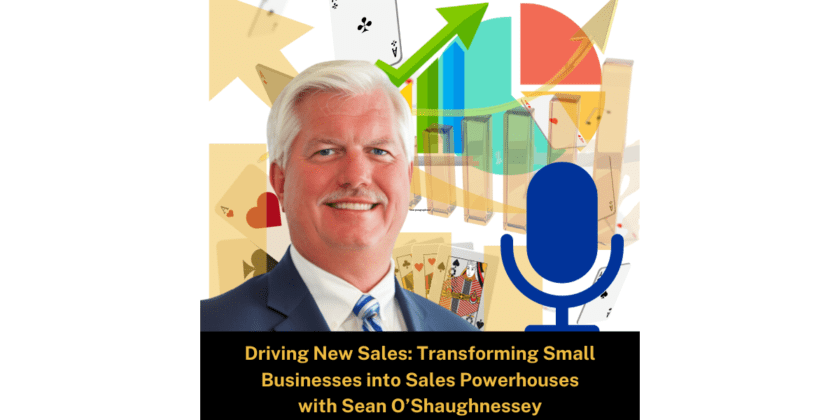The symbiotic relationship between sales and marketing is more crucial than ever. This dynamic duo drives the revenue generation engine, which is especially crucial when businesses are keen to set a positive trajectory.
Marketing’s influence cannot be understated. It often shapes the business’s success months in advance. Strategies implemented by marketing today can significantly impact revenue streams later in the year. Therefore, it’s essential for sales and marketing to align and integrate their processes to ensure that marketing efforts translate into tangible sales results.
In this context, sales enablement emerges as a key strategy, bridging marketing initiatives and sales execution. By segmenting the customer journey into three categories—leads, prospects, and customers—both teams can tailor their strategies to effectively move individuals through the sales funnel. Marketing focuses on generating awareness and attracting leads, while sales teams convert these leads into qualified prospects and, ultimately, loyal customers.
The conversation around leads often circles back to the quality of leads generated by marketing and the clarity with which sales teams define what constitutes a ‘good lead.’ This mutual understanding and cooperative process streamline efforts and ensure that marketing is not just generating leads but the right leads.
Moreover, discussing the effectiveness versus efficiency in marketing strategies can significantly refine the targeting process. Marketing must be efficient and effective, emphasizing the right messaging and content that resonates with the ideal client profile (ICP). This approach ensures that the prospects entering the sales pipeline are more likely to convert as they align closely with the business’s target demographic.
A noteworthy strategy for enhancing this alignment is developing a concise value selling proposition. This tool aids marketing teams in crafting messages that encapsulate what the business does in a clear, compelling manner, which sales teams can then leverage to engage and convert leads effectively.
For smaller businesses or those without extensive in-house marketing teams, sales leadership can strategically define and refine marketing strategies. Questions like “Why do people pay us?” or “What differentiates us from our competition?” can ignite discussions pinpointing the business’s core value. Engaging directly with customers to understand why they chose and continue to choose your company provides invaluable insights that can shape future marketing and sales strategies.
Ultimately, the integration of sales and marketing is not merely about aligning goals but about creating a cohesive strategy that utilizes the strengths of each to optimize the customer journey. Whether it involves developing compelling content that speaks directly to the needs of potential clients or refining the sales process to highlight the value over features, each element is crucial in building a robust sales and marketing framework that attracts and retains customers.
For businesses looking to deepen their understanding of this integral relationship, embracing discussions around sales enablement, value proposition, and customer feedback is essential. These elements are not just isolated tactics but parts of a comprehensive approach that can dramatically improve how businesses attract and maintain their customer base, ensuring sustained growth and success.
Company leaders can start implementing some of these topics today!
- Evaluate Your Current Sales and Marketing Alignment: Take the time today to review how your sales and marketing teams are currently aligned. Identify any gaps in communication or process and schedule a meeting to discuss these findings with both teams. This will help set the stage for improved collaboration and efficiency.
- Define Your Ideal Customer Profile (ICP): If you haven’t already, work on defining or refining your ICP. This involves gathering insights from your sales and marketing teams to ensure the profile accurately reflects the customers most likely to buy and benefit from your product or service. This alignment is critical for targeting and attracting the right leads.
- Develop a Concise Value Proposition: Collaborate with key stakeholders from both teams to craft a clear, compelling value proposition that communicates the unique benefits of your offerings. This should be a concise statement that potential customers can easily communicate and understand, guiding your marketing content and sales pitches.
- Solicit Customer Feedback: Contact a select group of new and long-term customers to gather feedback on why they chose your company and why they stay. Use this feedback to adjust your sales strategies and marketing messages, ensuring they resonate deeply with your target audience and reflect the actual value you provide.




